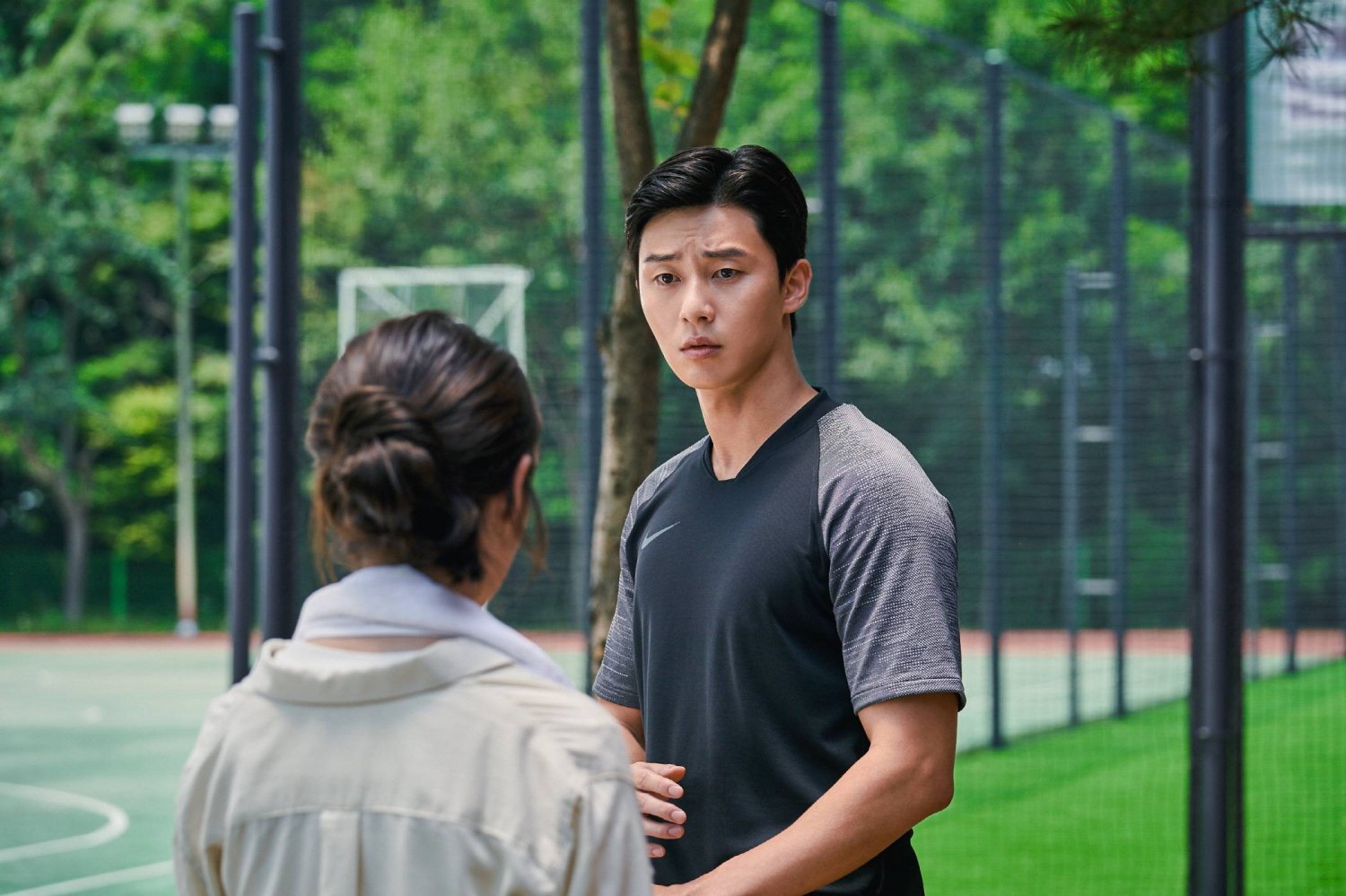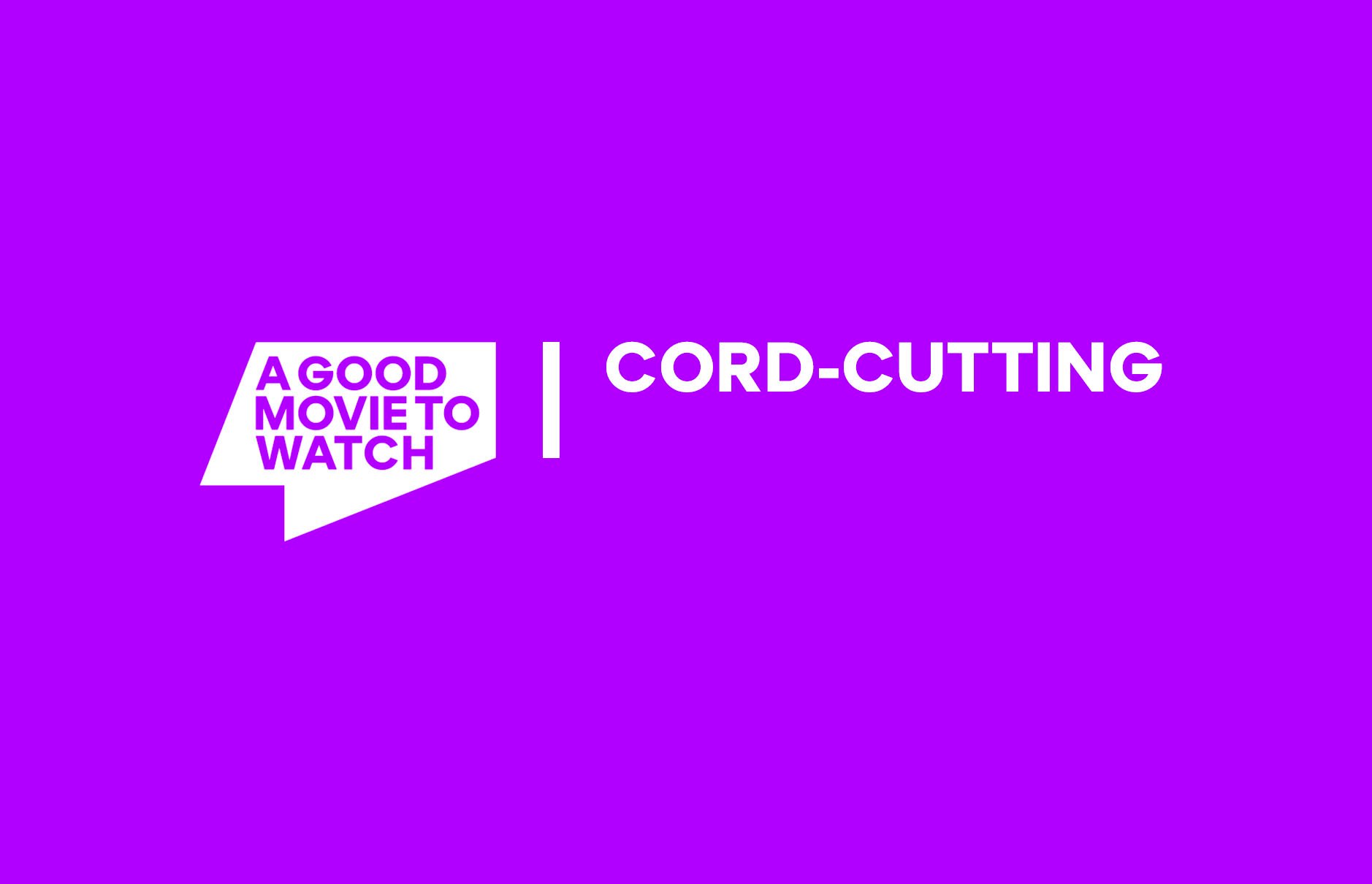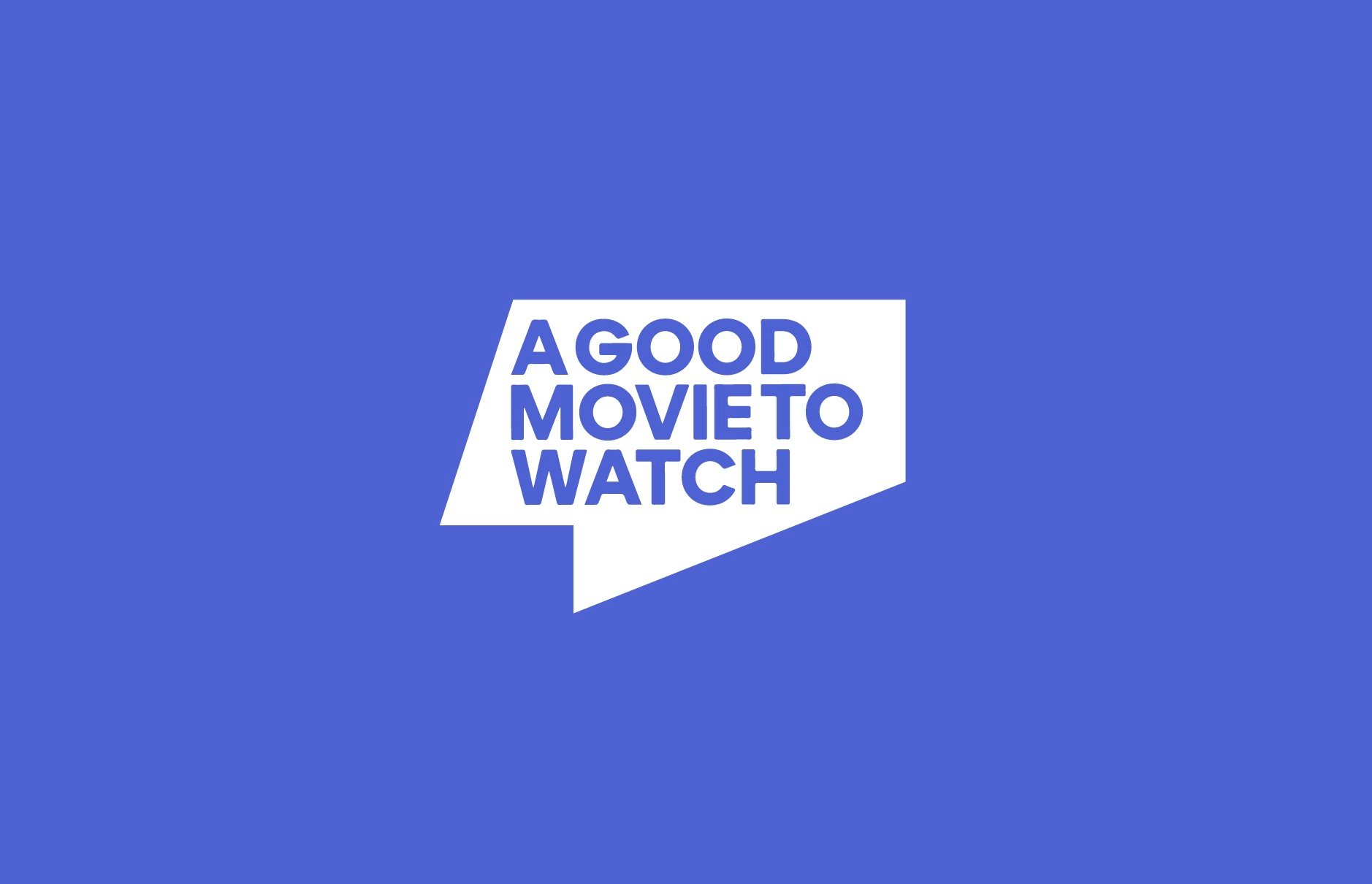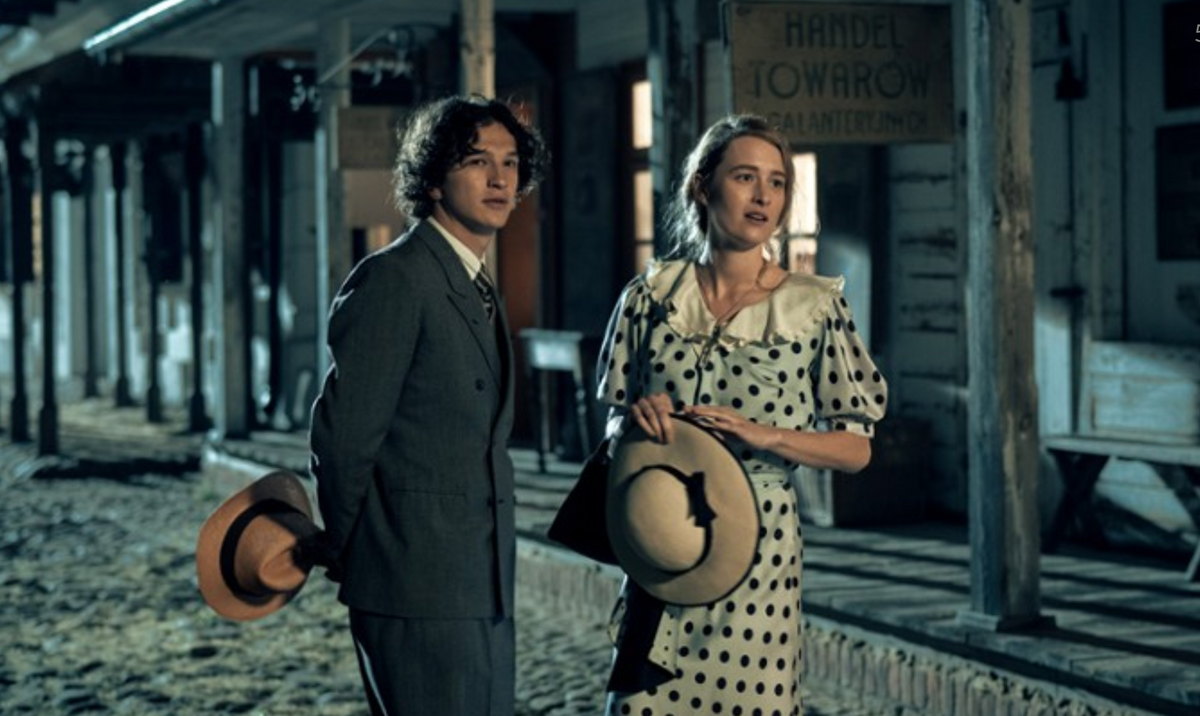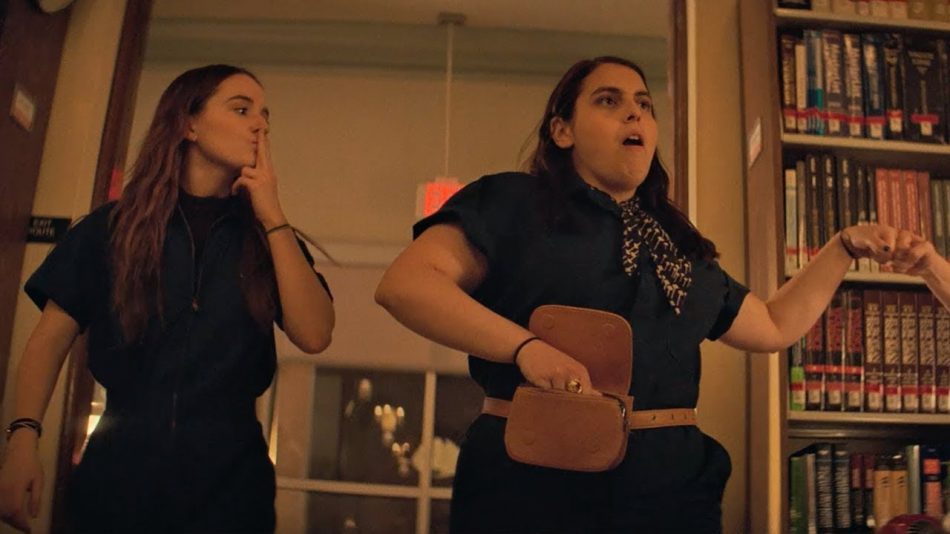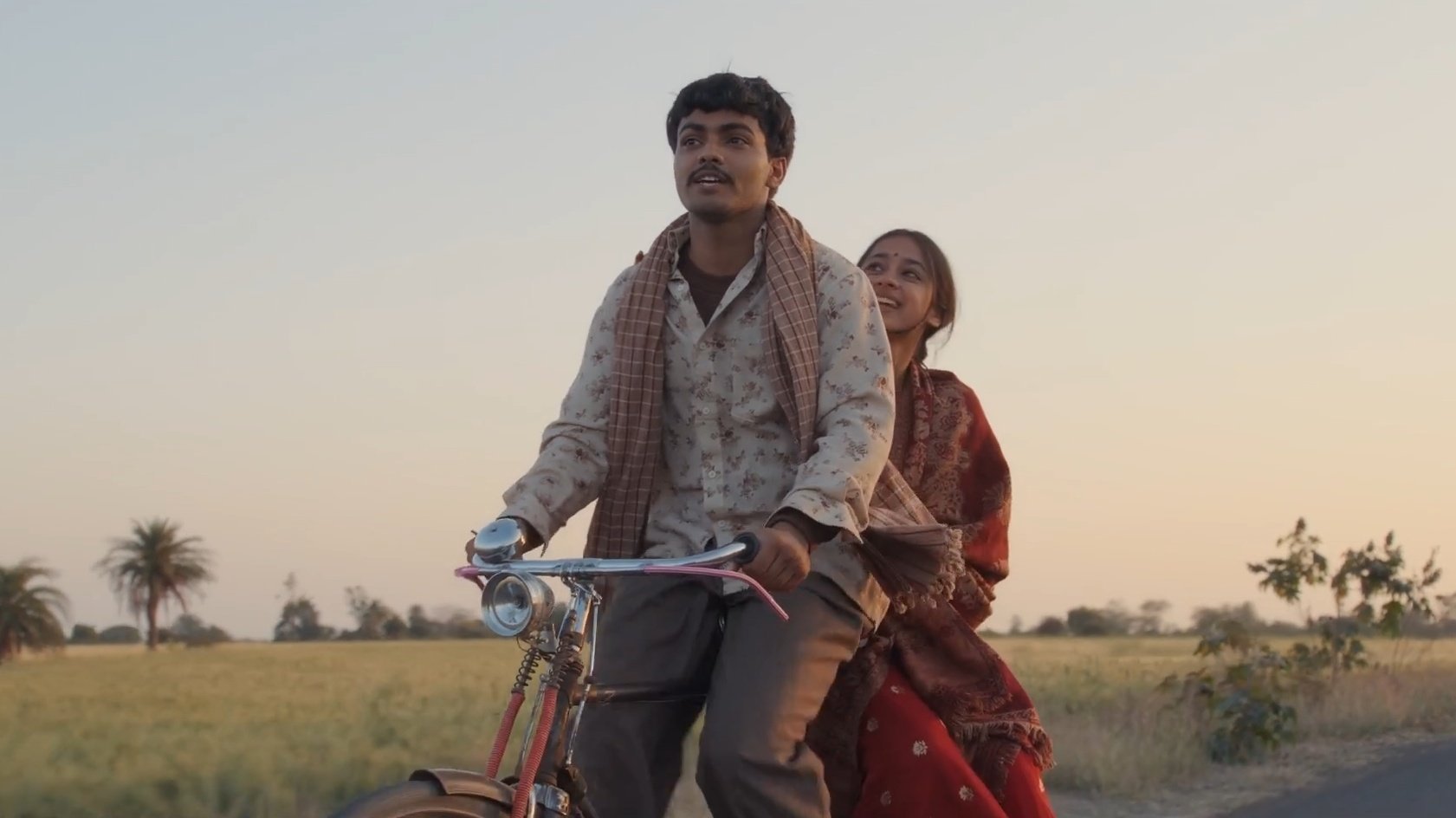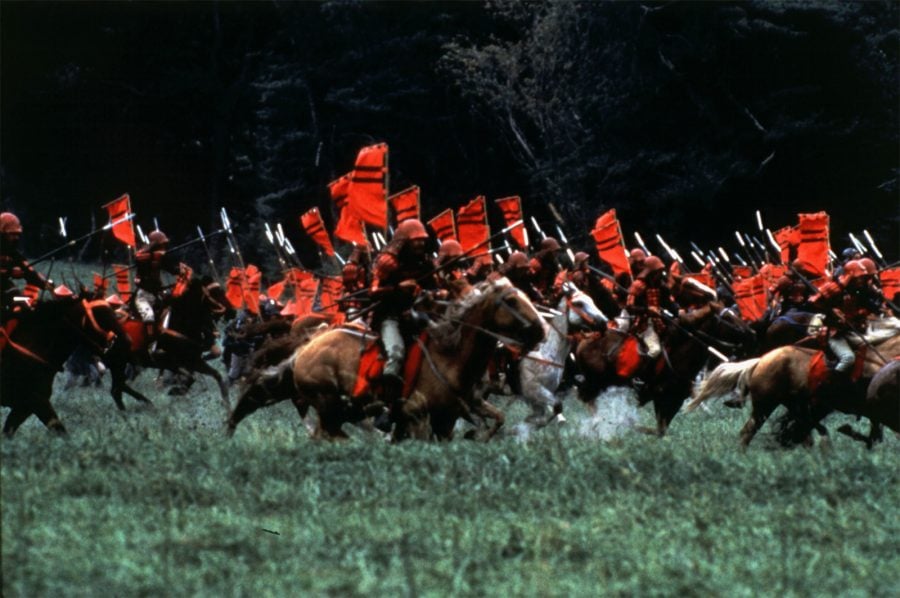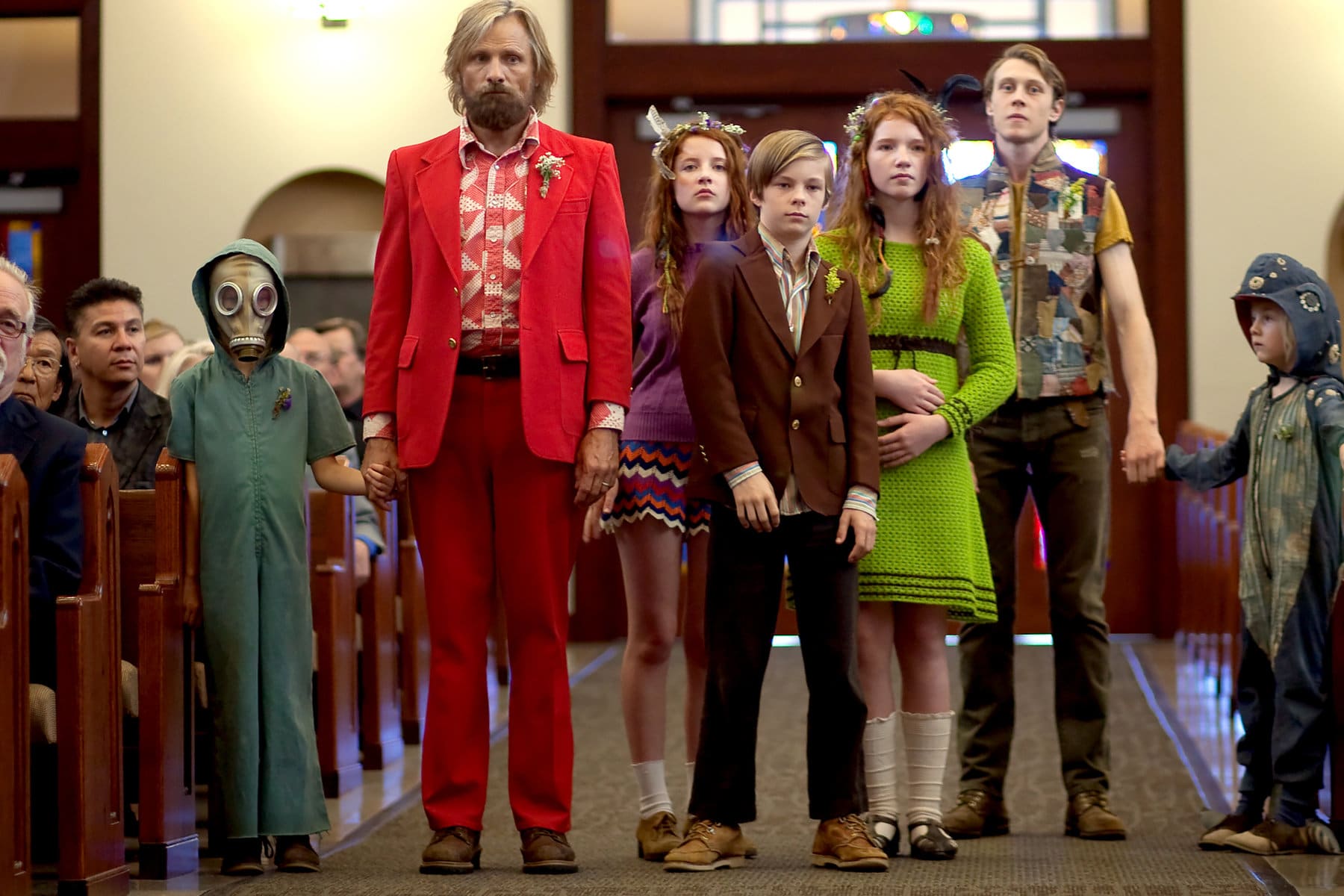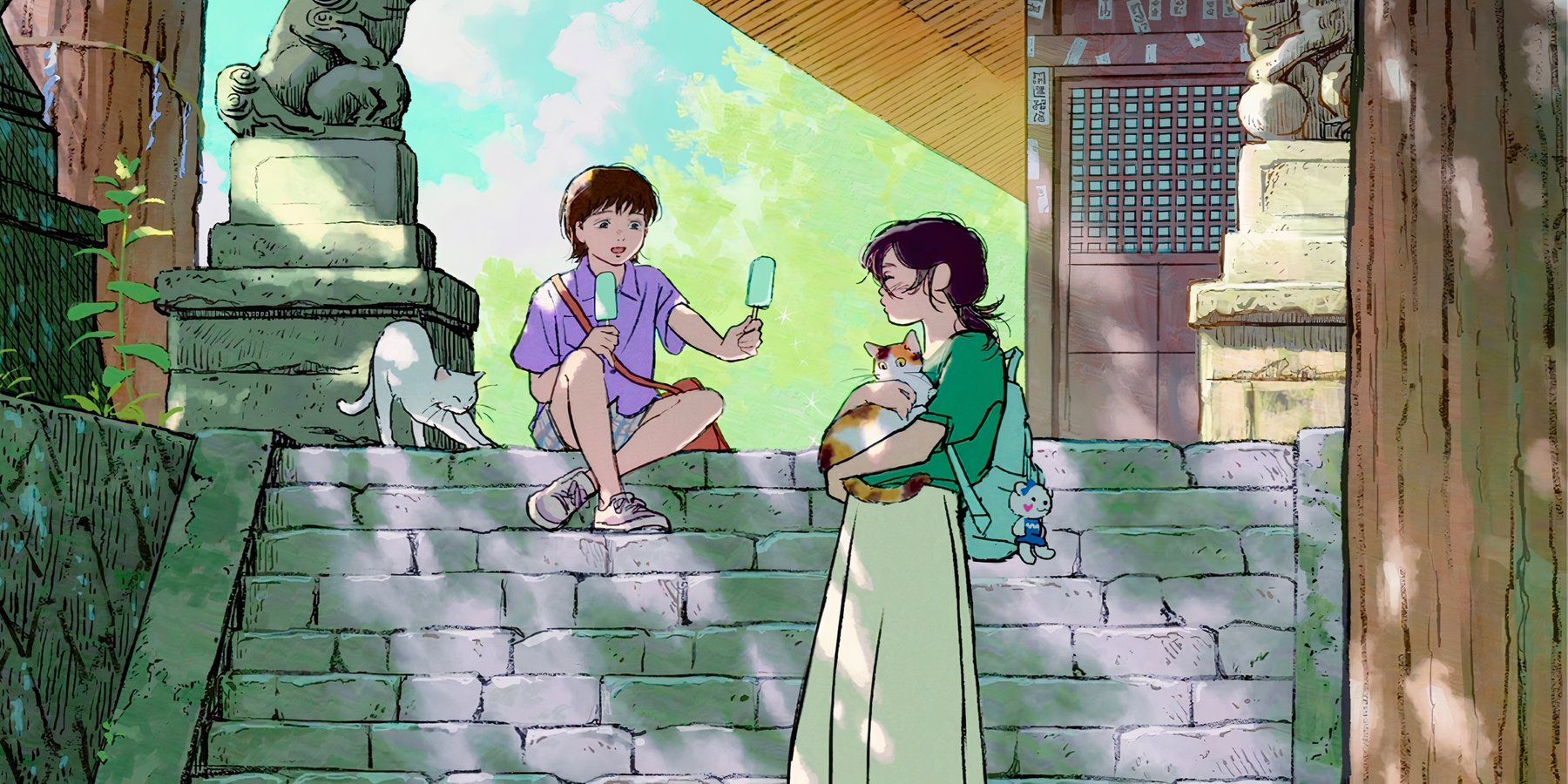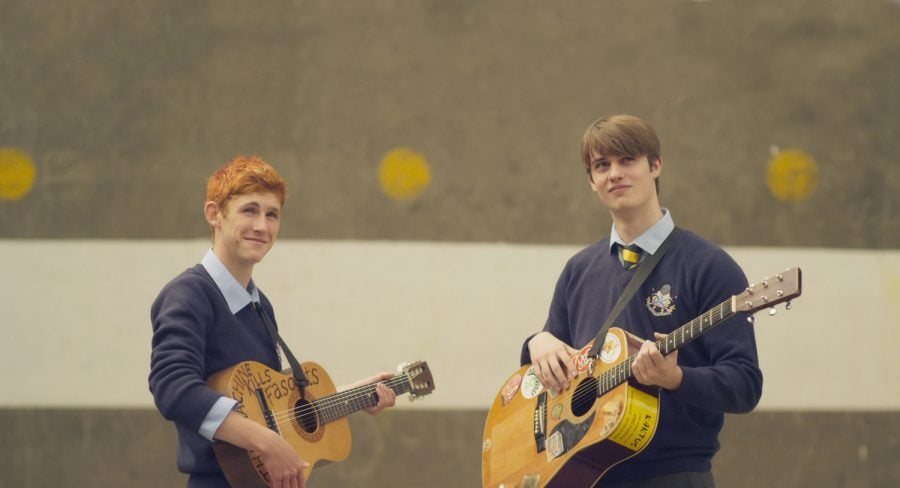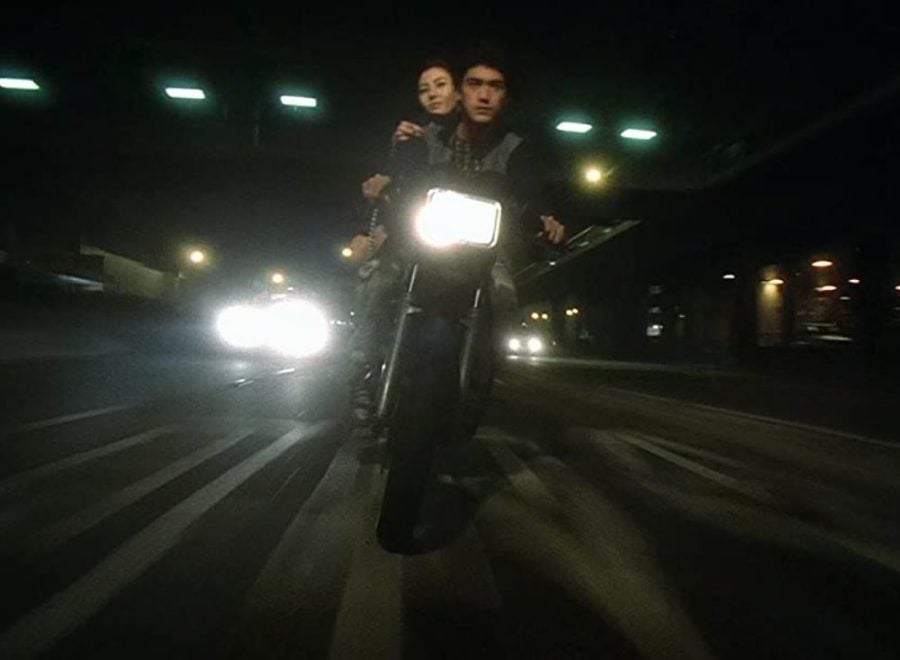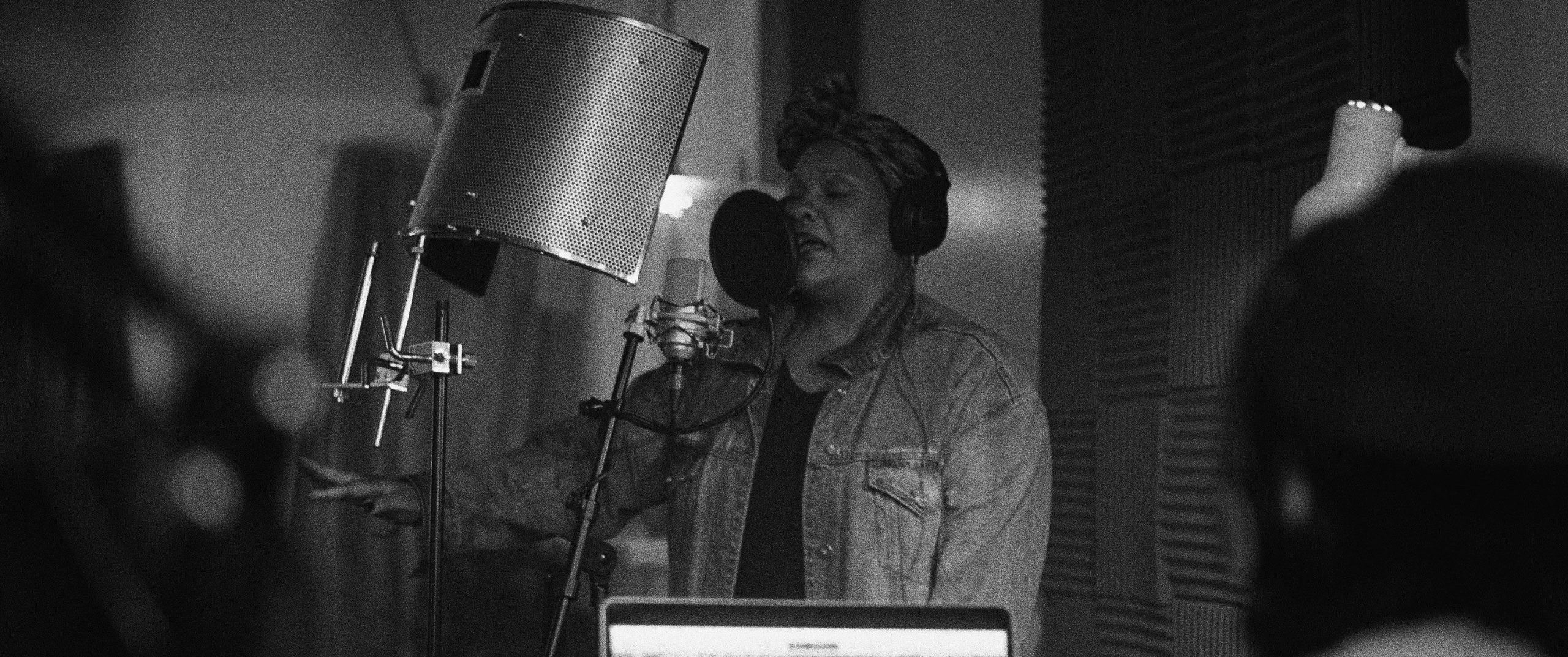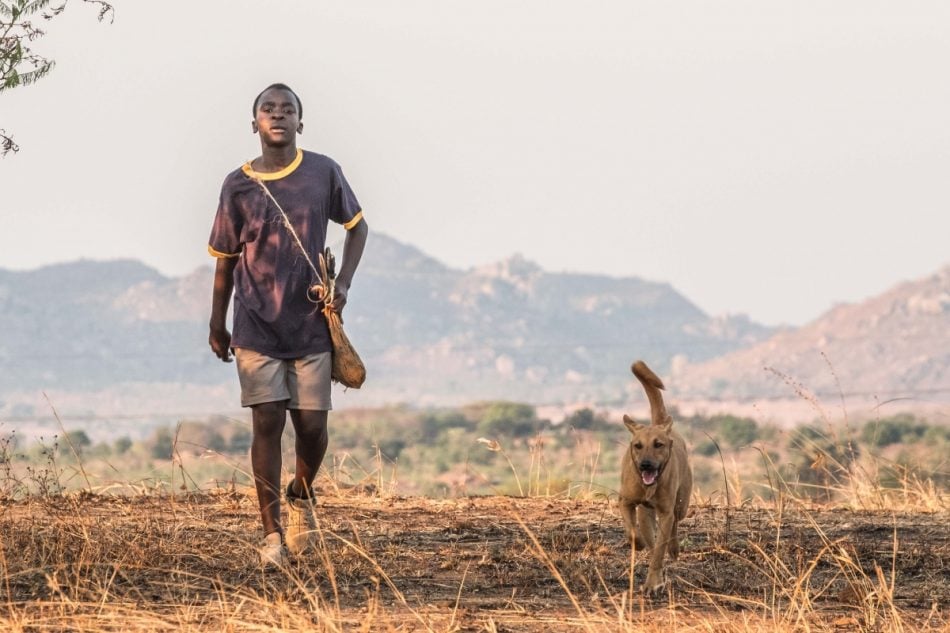Nimona (2023)

6.8
Movie
TLDR
So this is what it would look like if Disney actually wasn't scared of telling queer stories!
What it's about
The take
After Nimona's long journey to the big screen (involving the shutdown of animation studio Blue Sky, and Disney's resistance to LGTBQ+ themes), the fact that the movie has been completed and allowed to tell its story at all is something to be celebrated. The film itself is pretty standard fare for American children's animation, with a script that spends far too much time on quips, and visuals that don't take advantage of the movie's science-fantasy world. But if you can get beyond its more ordinary aspects, Nimona becomes a surprisingly thorough metaphor of Otherness and queerness—best represented in the title character's shapeshifting abilities, and how people fear and become violent with her before even trying to understand her. It's a film that's sadly become more relevant than ever now, addressing how prejudice is something that's taught and passed down, packaged in an easy, entertaining manner for younger audiences.
What stands out
The film only truly reaches its full potential in a touching third act that also finds new visual ways to convey Nimona's feelings of alienation and "monstrousness." Additionally, this is also the section of the film where the story's other protagonist, the knight Ballister Boldheart, gets to express his own queerness without irony and without tiptoeing around the fact. So it's no surprise that this part of the movie is also where voice actors Chloë Grace Moretz and Riz Ahmed get to be at their most soulful. So while the rest of the film might be less interesting for older viewers, at least the ending is worth the wait.
Comments
Your comment
UP NEXT
UP NEXT
UP NEXT
UP NEXT
UP NEXT
UP NEXT
UP NEXT
UP NEXT
UP NEXT
UP NEXT
UP NEXT
Curated by humans, not algorithms.
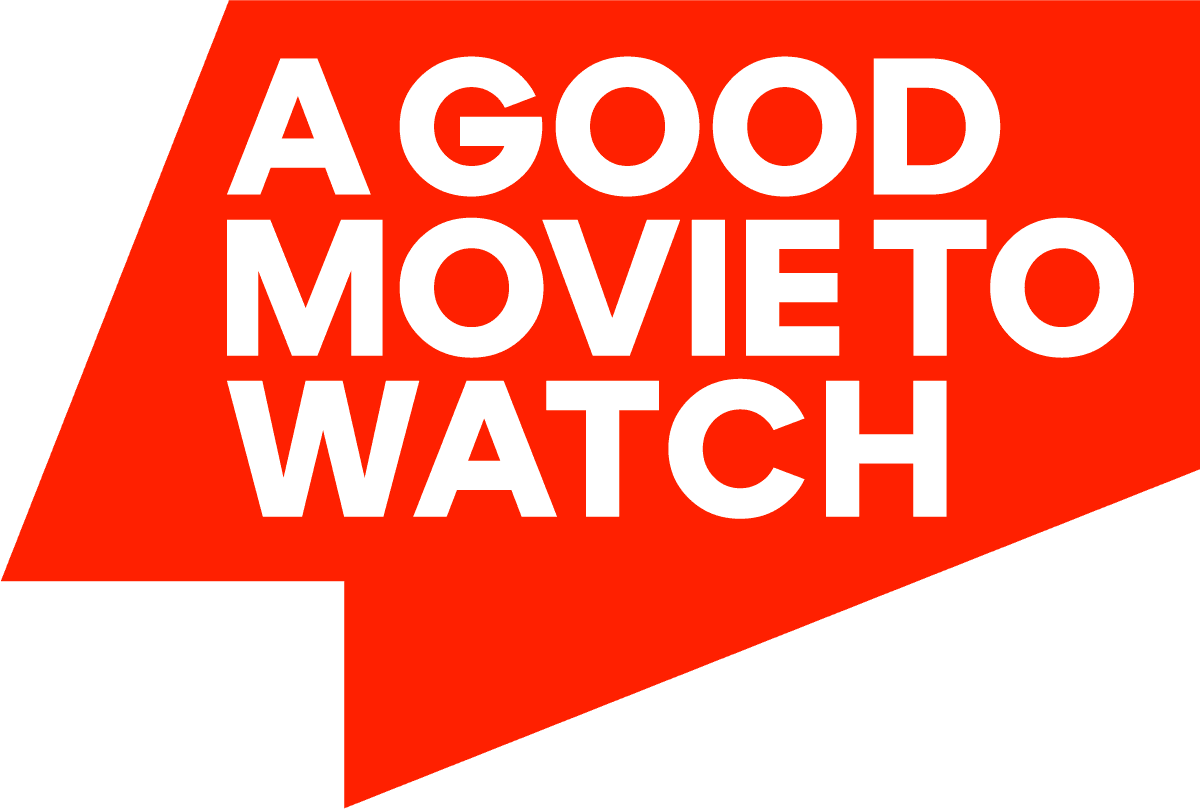
© 2025 agoodmovietowatch, all rights reserved.


